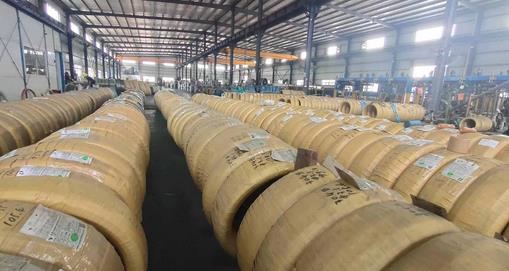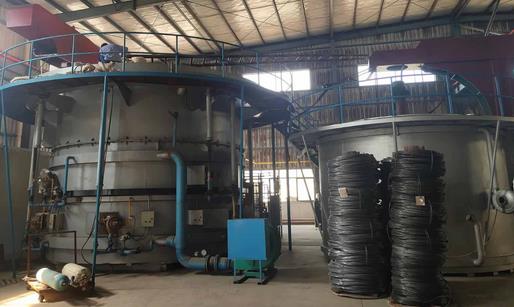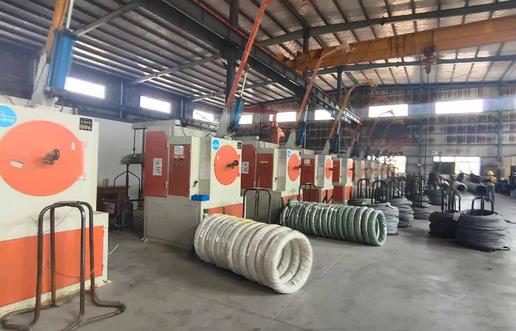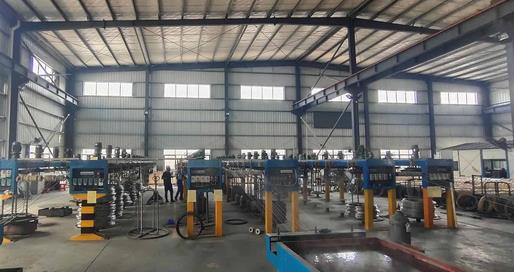Stainless steel wire is used in many fields. If you observe carefully, it is also common in our daily life. Many people are interested in the production process of stainless steel wire. Here we give a comprehensive introduction:
Stainless steel wire production process:
Raw material wire rod - surface oxide scale removal (chemical method) - drawing - heat treatment (solid solution) - secondary surface oxide scale Pickling - drawing - Inspection - Packaging - warehousing.
In the heat treatment process, the austenitic steel is high-temperature solid solution quenching (martensite and ferrite are medium temperature coil element annealing). The delivery status is divided into cold drawing, light drawing and soft state.
Main processes of stainless steel wire:
Stainless steel wire production is mainly composed of surface pickling, drawing and heat treatment.
1. Pickling process
The simple and economical method is the conventional chemical division method. Stainless steel oxide scale is composed of different alloy elements, and the difficulty of removal is also different. It can not be removed by simple and single chemical method, so the combined acid washing method is used to remove it. Combined acid washing method has more serious pollution and more complex wastewater treatment. In the production process, acid will produce harmful gases to pollute the air and wastewater to pollute the groundwater. For large-scale raw material production enterprises, if online automatic surface cleaning and pollution-free centralized treatment of wastewater and harmful gases are adopted, many small enterprises in terminal products are unable and uneconomical to take effective treatment, forming entropy distributed pollution sources.
2. Drawing process
In order to realize drawing (deformation) smoothly, the friction between steel wire matrix and die wall must be reduced. Carrier (coating) lubrication technology is adopted. Stainless steel wire is difficult to form a solid coating because of its stable surface chemical properties and no chemical reaction with the coating. Mechanical methods are often used to operate by hanging ash, adsorption and crystallization. There are oil lime, lime slurry, salt lime, oxalate coating and colloidal graphite, which form a film after dehumidification treatment. Lubricants are divided into dry matter and water quality. Dry matter includes calcium and sodium, and water quality includes sodium, colloidal graphite and liquefied paraffin. The steel wire surface can become a product only after de coating treatment. The pollution caused by drawing is the pollution of working environment.






二維碼.jpg)
